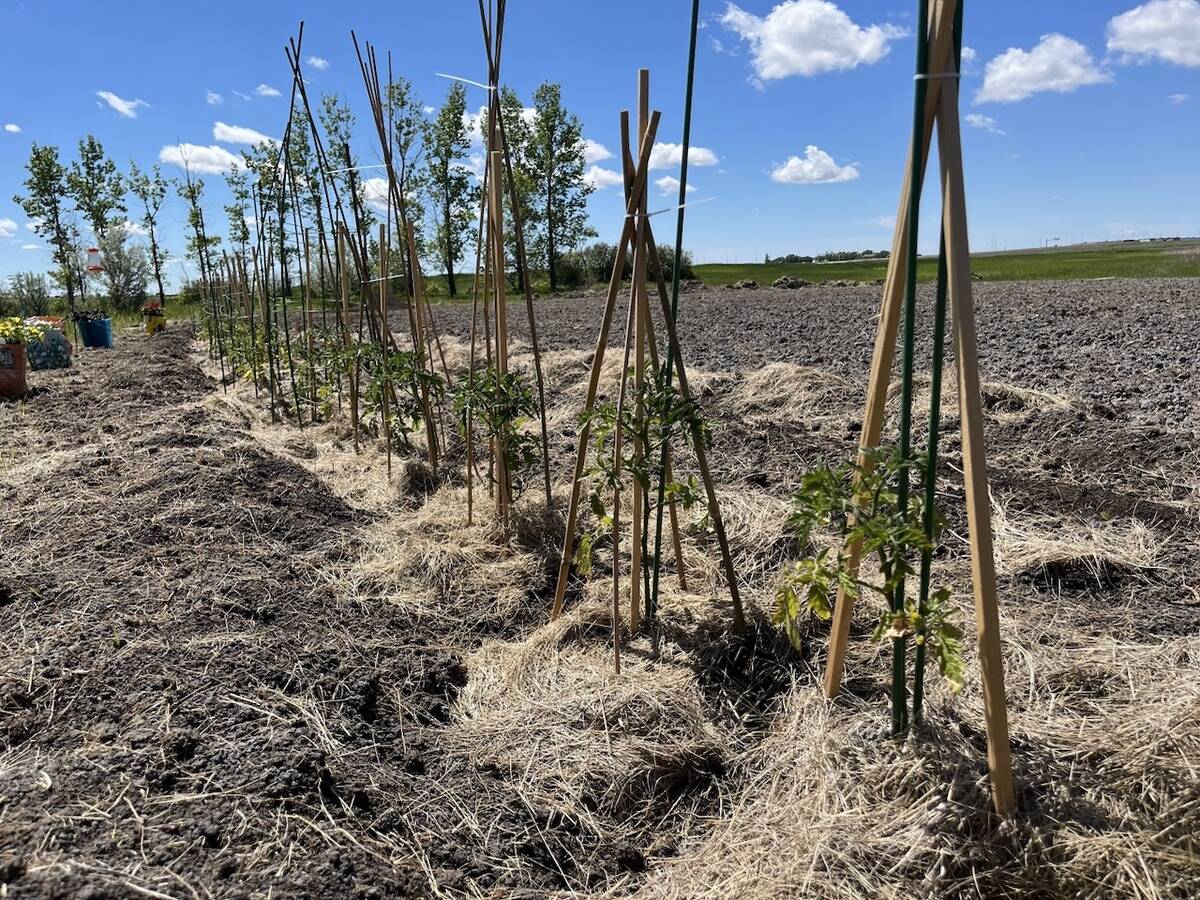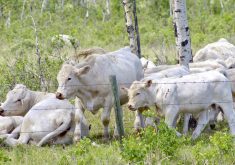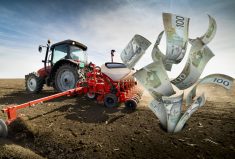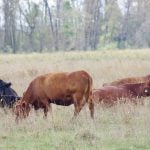Manitoba has led the Prairie pack in a year of advancing farmland prices across Canada.
A report from Farm Credit Canada (FCC), released on March 14, revealed that Manitoba saw a 9.9 per cent increase in farmland prices in 2021, the largest among the Prairie provinces, and its largest increase since 2015 (when prices rose by 12.4 per cent).
The national average value of farmland increased by 8.3 per cent in 2021, according to the report. It was the 19th straight year there was an increase and it was the highest rate of increase since 2017 (8.4 per cent). In 2020, Canada’s average value of farmland rose by 5.4 per cent.
Read Also

Seeding Indigenous agricultural prosperity
National Circle for Indigenous Agriculture and Food says Indigenous agricultural success needs strong relationships.
“The low interest rate environment and favourable commodity prices seem to have offset some of the many challenges that could have been expected to restrain the demand for farmland and the price producers are willing to pay for land,” J.P. Gervais, FCC’s chief economist, said in a press release. “It’s a testament to the resilience and business confidence of farm operators who are largely driving this strong Canadian farmland market.”
The report cited limited supply and increased demand in Manitoba, largely from farmers wanting to expand operations, as reasons for the increase. Farmland values in the Parkland region increased by 17.6 per cent, while those in Central Plains-Pembina Valley only increased by 4.2 per cent.
However, Gervais said in a media briefing on March 11 that last year’s drought had little impact on farmland values.
“(Historically), we’ve had a little bit of a slower rate of increase in years following some really significant weather events,” he said. “But I do think that one of the things that’s really different right now (are)… really high commodity prices offsetting some of the lower yields.”
Saskatchewan reported a 7.4 per cent increase in 2021, its highest gain since 2018, also at 7.4 per cent. Farmland values in the southeastern region of the province increased by 17.4 per cent, while those in the southwestern region only saw a gain of 0.4 per cent. Eastern regions saw higher changes in rates than western regions due to being less affected by the drought, according to the report.
Gervais added that crop receipts in Saskatchewan increased by five per cent in 2021 and sales of grains and oilseeds were projected to rise 4.5 per cent. However, high commodity values could raise farmland values higher.
“Right now, I think it’s fair to say we expect those receipts to be higher than the 4.5 per cent increase we projected in January 2022. How much higher? That’s the million-dollar question,” he said, adding that a 15 per cent rise in receipts would not be out of the question.
Alberta saw a more modest rise in farmland values at 3.6 per cent in 2021, the smallest since 2019 (3.3 per cent). However, the report added that most transactions were made before the full effect of the drought took place and the range in values per acre was wide. Irrigated farmland in the southern region added 10.7 per cent in value, while the northern region only had a 1.5 per cent increase.
The provinces with the largest increase in average farmland value were Ontario (22.2 per cent) and British Columbia (18.2 per cent), while those with the smallest rises were Alberta and New Brunswick (5.2 per cent). There was no data for Newfoundland and Labrador.
“The fact that demand’s strong I think reflects that land values are continuing to increase (as well as) some of the optimism and outlook for growth in the industry,” said Gervais. “We’ve already had one (key interest) rate increase from the Bank of Canada (in 2022) and we can expect four more increases and that’s going to elevate borrowing costs for farm operations. That’s something to consider, as well.”
The report can be found at the Farm Credit Canada website.
















